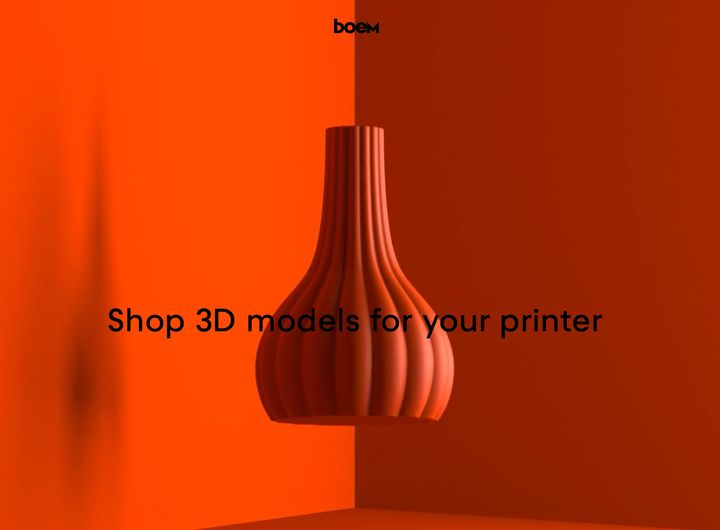
I haven’t seen an example of this type of online 3D model store appear for some time.
3D model stores were a thing for a while, but not recently. The idea is to create a broad repository of good quality downloadable content, with that content being 3D models that could be printed locally by the buyer.
3D Model Store Challenges
I’ve seen so many ventures of this type appear — and then subsequently disappear. The issue generally is that the store must attract designers to provide content, and that they must also attract buyers with content. But designers usually aren’t interested unless there are many buyers, and buyers aren’t interested unless there are many designs.
It’s the most classic chicken-and-egg scenario.
Most ventures fail miserably as they cannot generate enough throughput to survive. Hosting costs are significant, as well as the labor required to manage all the entries in the repository.
I should know about this, having actually attempted to start such a venture ten years ago. While it may appear to be a straightforward business, it most definitely is not. There are many complexities involved, often far beyond the knowledge of those starting the business.
I’ve seen many variations of the 3D model store over the years. Some involved mixing free and paid content. Others tried a subscription model, where participants would pay a fixed fee that would either have them receive models each month or credits to pick a selection of their own.
None of these worked particularly well.
Even worse, online 3D model stores had to compete with massive repositories like Thingiverse and others that offered content for free. That’s a very difficult challenge. Some ventures tried to entice buyers with exclusive and often fantastic content, but in the end few consumers wish to buy 3D models when there are so many free options available.
How do the free repositories survive then? It turns out that most of them are associated with a larger industry player: MakerBot + Thingiverse; Prusa Research + PrusaPrinters; Formlabs + Pinshape; Ultimaker + YouMagine; etc. These arrangements mean that the largest free repositories have little to fear financially and can thus proceed providing free content and otherwise messing up the commercial opportunities for other non-associated players.
As a result I haven’t seen the emergence of a many new small 3D printable repositories for some time.
Boem Store
After all that, there is a new one that hit my radar: the Boem Store. Let’s take a look and see what they have.
The store is beautifully set up, and actually contains a number of ingenious designs. Like most repositories, you simply pay a small fee to download the STL, and that allows you to print unlimited copies. They explain:
”We offer timeless aesthetical pieces with eco-friendly quality. You can print a piece for your home, another for your cottage, and more as presents for all your friends – and still just pay for the model once! Or if you are planning to travel around the world and settle down in a totally different place, you can just take your model design with you and print it when you arrive.”
Currently, the store seems to have around 50ish 3D models on display, although there may be some duplication between categories. All appear to be quite stylish and should be attractive and useful to many households.
The site categorizes models into Kitchen, Bathroom, Lighting, Storage, and Vases & Planters, each of which contains small printable items as you might expect.
Pricing for downloads varies by item, but most are in the €1-5 (US$1-5) range. Some collections are a bit higher, but you save by buying several 3D models in one transaction.
Boem Omissions
While the site is certainly attractive, they do omit some crucial information that I think should be provided to visitors.
First, there is no advice on how to 3D print the models. While most of the products appear geometrically straightforward and thus should print easily, I suspect the market for this shop would include novice 3D printer operators who would appreciate some printing advice.
There are no warnings for items that could come in contact with food products. This is a minor risk to be sure, but there should at least be a disclaimer or advice on how to use 3D printed objects with food. For example, objects should be 3D printed with food-safe materials, and be sealed to prevent accumulation of bio-debris in layer interfaces.
I was surprised there was no similar advice in entries for lampshades. It’s entirely possible for a PLA lampshade to sag when softened by a very warm light bulb. I would insist on printing those items in a material like ABS, ASA or even PETG, but no such warning appears.
I believe Boem has some good ideas and content, and they certainly make a terrific store. However, I think they need to add some printing instructions for these 3D models.
The only way small ventures like this could survive is for them to continually add new compelling — and exclusive — content. We’ll see how Boem proceeds throughout 2021.
Via Boem Store
